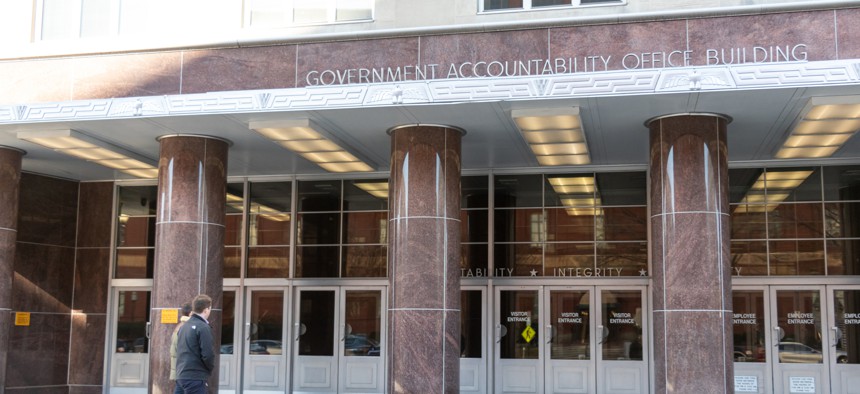Here’s what drove a 22% spike in bid protests this year

The Bold Bureau/Getty Images
A single contract garnered more than 350 protests.
After four consecutive years of declining bid protests, the total number of protests filed by industry jumped 22% in fiscal 2022 — up 367 protests over fiscal 2021’s total — and the most since industry lodged 2,149 protests in 2020.
Yet the Government Accountability Office’s annual bid protest report, issued to Congress Oct. 26, offers a succinct, specific reason for the increased filings. A single governmentwide acquisition contract, the Health and Human Services Department’s Chief Information Officer-Solutions and Partners 4 — orCIO-SP4 — received more than 300 bid protests on its own. The contract has a shared ceiling of $50 billion that covers health, biomedical, scientific, administrative, operational, managerial and information systems, and it is a coveted landing place for hundreds of vendors aiming to compete for government task orders over the next 10 years.
“That’s the story when you look at the number of cases filed with one large procurement, the lion’s share of protests were filed in that particular procurement,” Edward Goldstein, managing associate general for procurement law at GAO’s Office of General Counsel, told Nextgov/FCW.
GAO ultimately sustained — or sided with industry — on 119 of those cases, an unusually high number of sustained protests for a single procurement, as GAO identified problems with how the agency was making awards. CIO-SP4’s controversial nature, therefore, more than doubled the bid protest sustain rate for fiscal 2023: up to 31% from 13% last year.
“We had an unusually high number of protests, many of which were sustained, and that skewed the overall numbers,” Goldstein said.
As Washington Technology recently reported, HHS is reworking the CIO-SP4 contract, though awards — expected by April — are likely to spark more protests.
The increased popularity of multiple-award, indefinite delivery, indefinite quantity contracts across the federal landscape may be driving another bid protesting trend, according to Kenneth Patton, managing associate general counsel for procurement law at GAO’s Office of General Counsel.
With typical multiple IDIQ contracts, companies compete for a spot on the contract and then compete for task orders issued by customer agencies. By law, GAO is the only legal venue able to adjudicate protested task orders. Despite the fact that only task orders above a certain dollar threshold — $25 million for defense or an entity that uses Title 10 funding and $10 million for civilian agencies — industry filed 368 task order protests in fiscal 2023, a nearly 10% jump from last year.
“We are likely going to see many more agencies use these multiple IDIQ contracts. Once you are in them, there is a limited format for challenging procurements,” Patton said. “The trend for more task order protests is likely going to increase in agencies’ use of the vehicles.”






